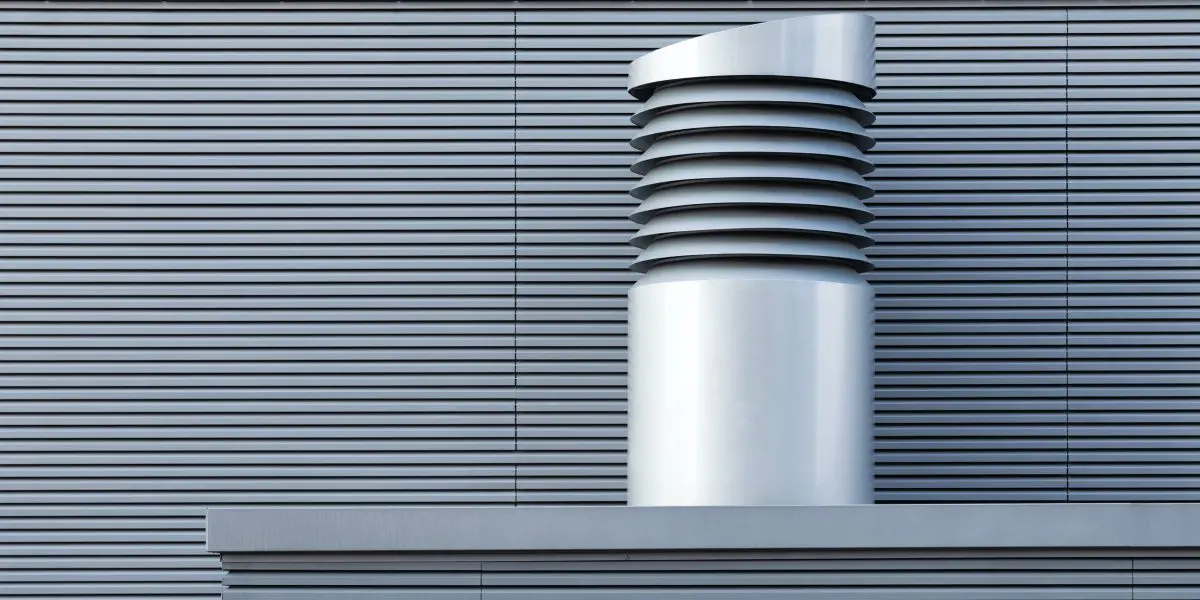COVID 19 Ventilation Guidance What Were Hearing From Our Clients
The World Health Organisation (WHO) has said that there’s evidence suggesting coronavirus can be passed on through airborne transmission. So, it’s important to acknowledge this and be prepared.
As we all attempt to get back to normality and return to our places of work, it’s vital to understand the transmission routes and implement new safety procedures in new and existing building systems. But where do you start?
The key actions to reduce risk of airborne transmission, as outlined in ‘CIBSE COVID-19 Ventilation Guidance’ are:
- Run your ventilation at higher volume flow rates (or extend operation for longer periods of the day)
- Avoid recirculation/transfer of air from one room to another (unless this is the only way of providing adequately high ventilation to all occupied rooms)
- Recirculating air in a single room, where this is complemented by an outdoor air supply, is acceptable
- If applicable, thermal wheels should be switched off, whilst maintaining the pressure difference between the supply & extract to minimise leakage.
Clients of ours are increasingly contacting us to ask for advice about opening their offices with respect to their existing MEP systems. Here are some key points to consider:
- Flushing sanitaryware outlets to avoid the risk of legionella, as hot and cold-water systems may not have been used for some time
- Inspect any lifts and escalators that have been idle for several weeks/months and carry out inspections and safety tests before use. Ensure that LOLER certificates are up to date
- Check emergency systems and implement new regimes for working and recreational spaces
- During warmer weather, the important thing to remember is to ventilate spaces as much as reasonably possible with outside air.
Where possible, methods should be considered to maintain and increase the supply of fresh air to your space, preferably through fresh air or mechanical systems. Where this is not possible, opening windows is a good idea. The introduction of desk or ceiling fans can also improve air circulation and can prevent pockets of stagnant air.
You can continue to use most types of air conditioning systems. However, if you use a centralised ventilation system that removes and circulates air to different rooms, it is recommended that you turn this off and use a fresh air supply only.
Where the building has a BEMS, it is advisable to carry out regular checks to ensure that the HVAC systems are operating as originally designed. This can entail reviewing time controllers and the recalibration of sensors and actuators.
New ventilation services design will evidently need to be implemented across the industry during the current climate. Get in touch with Cudd Bentley if you would like to discuss your specific needs or if you’d like any further information.



